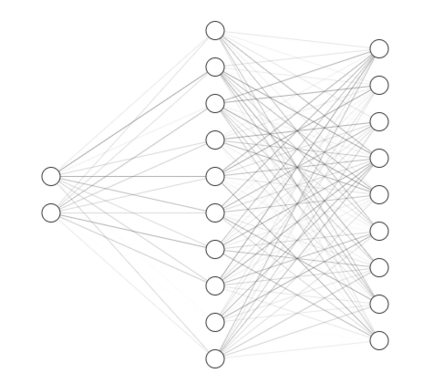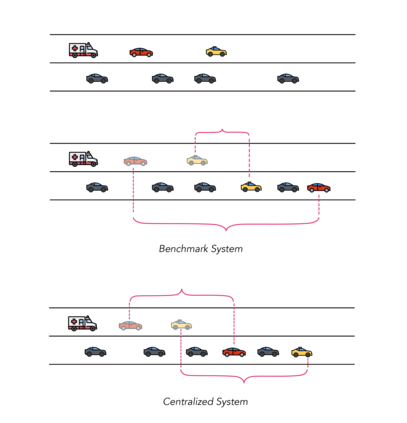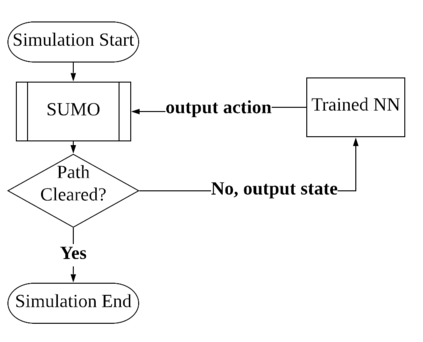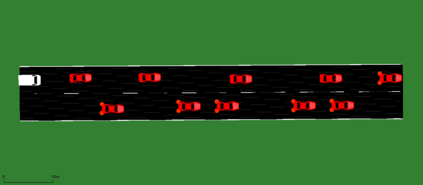Emergency vehicle (EV) service is a key function of cities and is exceedingly challenging due to urban traffic congestion. A key contributor to EV service delay is the lack of communication and cooperation between vehicles blocking EVs. In this paper, we study the improvement of EV service using vehicle-to-vehicle connectivity. We consider the establishment of dynamic queue jumper lanes (DQJLs) based on real-time coordination of connected vehicles. We develop a novel stochastic dynamic programming formulation for the DQJL problem, which explicitly account for the uncertainty of drivers' reaction to approaching EVs. We propose a deep neural network-based approximate dynamic programming (ADP) algorithm that efficiently computes the optimal coordination instructions. We also validate our approach on a micro-simulation testbed using Simulation On Urban Mobility (SUMO).
翻译:紧急车辆服务是城市的一个关键功能,由于城市交通堵塞,其挑战性极强。EV服务延误的一个关键因素是阻塞EV的车辆之间缺乏沟通与合作。在本文件中,我们研究了利用车辆对车辆的连通性改进EV服务的问题。我们考虑根据相关车辆的实时协调建立动态排队跳车道(DQJL)。我们为DQJL问题开发了一种新型的随机动态编程设计,明确说明了司机对接近EV的反应的不确定性。我们提出了一种基于深度神经网络的近似动态编程算法,以有效计算最佳协调指示。我们还验证了我们使用模拟城市流动(SUMO)进行微模拟试验的方法。









